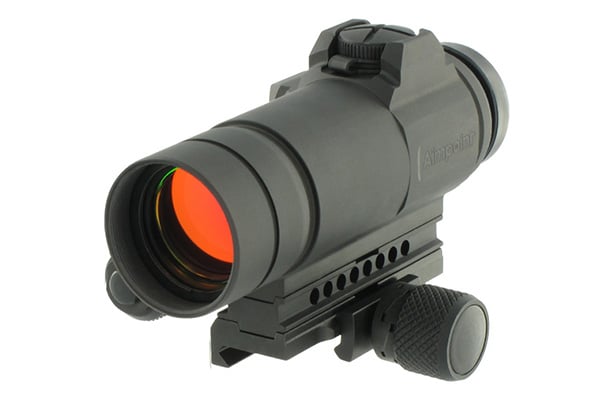
Last Updated on
By David Link
It may sound like a simple question, or even a no-brainer, but the conundrum of choosing a rifle scope vs. red dot / reflex sight can be a difficult decision for some, especially if they plan to shoot only shorter distances. Personal preference is usually the major deciding factor, but there is plenty of additional guidance we can provide for those who are on the fence. Throughout this article, we’ll assume that you’re not planning on doing any ultra-long range shooting, otherwise you wouldn’t be considering a red dot at all. With that said, let’s weigh the pros and the cons of each optic so you can better decide which is right for your firearm.
Rifle Scopes
The rifle scope is the older of the two optics and the time-tested method of aiming a firearm without the use of iron sights. The rifle scope design has been customized and built specifically for nearly every shooting scenario, and while this is great when you know what you’re looking for, it can be very intimidating for those who haven’t purchased a rifle scope before. Rifle scopes are primarily measured by two specs: the magnification, which is listed first as the magnification power followed by an “x,” and then the objective lens size, or forward facing lens diameter, measured in millimeters. A typical rifle scope will range anywhere from 1x or the same view as from the human eye to 40x (or larger) in extreme circumstances. As the number rises up from 1x, objects viewed from the scope will be magnified according to the power. A 2x scope is only two times larger than what the human eye sees, but a 40x scope is 40 times larger, which is an extreme and generally unusable level of magnification. The problem with such high magnification specs in scopes is that when you really increase the power, your field of vision, or area you can see through the scope, is reduced. Even though you can see up close to your target with a high magnification scope, you’ll never be able to find it in your crosshairs because your field of vision is so small. Stick with magnification power specs at 3x – 4x for scopes with decent field of view capabilities.
The larger the objective lens size, the more light your scope will gather, but the heavier it will become. For our purposes, a 20mm-40mm scope will work just fine with 40mm being almost overkill. A 50mm scope isn’t needed for any scenario where you aren’t shooting long distances, and they will increase your scope weight significantly. With this said, let’s weigh the pros and cons of the rifle scope.
Pros
Riflescopes are far more versatile in targeting scenarios than red dots. If you select a variable magnification scope, or a scope that can be dialed up or down in magnification depending on the situation, then your rifle scope becomes even more versatile. Unless your target is very close, a rifle scope is generally going to be more accurate than a red dot as well. This can increase your shooting confidence, which is an important factor not to be overlooked while evaluating sport optics. Rifle scopes can be customized with different reticle patterns to suit your preferences, and there are seemingly endless options to choose from at every price point. As long as you select an appropriate magnification, it is hard to go wrong with a rifle scope.
Cons
Rifle scopes are generally heavier than red dots, and they take up a lot more space than the compact designs of red dots / reflex sights. Rifle scopes also have eye relief distances to factor in as you aim. Eye relief is the minimum distance required to see through a scope eyepiece, and it is measured in inches, usually 2-4 with 4 inches being a superior eye relief. The issue with eye relief is that it takes time to get into position for shooting with a rifle scope, and your position and approach while lining up the crosshairs has to be consistent. The majority of rifle scopes require you to close one eye for best results thereby diminishing your total awareness while in the field. Rifle scopes also suffer from parallax errors, especially as shooting distances increase.
Red Dots
Red dots or reflex sights are close range targeting devices where a crosshair (or in most cases a dot) is superimposed on a plane of glass and used for targeting purposes. Holographic sights operate on the same basic concept, but they are more sophisticated. For a detailed examination check out: How Do Reflex Sights And Holographic Sights Differ? They come in both tube and window configurations, and they mount in the same basic places that you would mount a rifle scope. Red dots do not offer any magnification, but they are superior to a rifle scope in many ways at close range.
Pros
Red dots are famous for their fast target acquisition. There is no need to lean over a red dot with one eye closed or make sure you are within the proper eye relief distance. You simply point the red dot at your target and fire when ready. Red dots can be used with both eyes open, and their eye relief distances are near infinite, or we should say they aren’t a factor since you won’t ever be that far away when trying to aim a red dot. Red dots are also very light and typically very compact so they won’t weigh down your rifle. Parallax errors generally aren’t an issue with red dots either, especially since their ranges max out at 50-100 yards depending on the skill of the shooter.
Cons
Reduced distance and accuracy are the two main drawbacks of a red dot sight. Since they provide no magnification, even a spot on 100 yard shot can be an achievement for most shooters, and the dot or reticle can obscure your target at longer distances further effecting the ability to shoot confidently at a longer range target. Cheaper red dot sights are widely criticized for having dots that are too dim, and there’s always the chance that your dot will be obscured in brighter conditions.
Conclusion
When in doubt, the rifle scope is the better of the two options, especially if it has a lower magnification setting or variable magnification. Anyone who wants to take a 100+ yard shot confidently will have to turn to a rifle scope anyway. Those who are worried about the slower response time of the rifle scope can practice, and most will find their speed in acquiring targets will increase as time goes on. However anyone tailoring their rifle to close quarter engagements like home defense will find the red dot a far more appropriate choice. Most platforms will accept both optics, so there is always the option to add one or another depending on how your needs change. There are options for both in every price point from $100 all the way up to $1000+, and we don’t have to tell you that the more you spend the higher the quality product. Take your most common shooting range and scenario into consideration, and it will help you decide on the right optic for you.

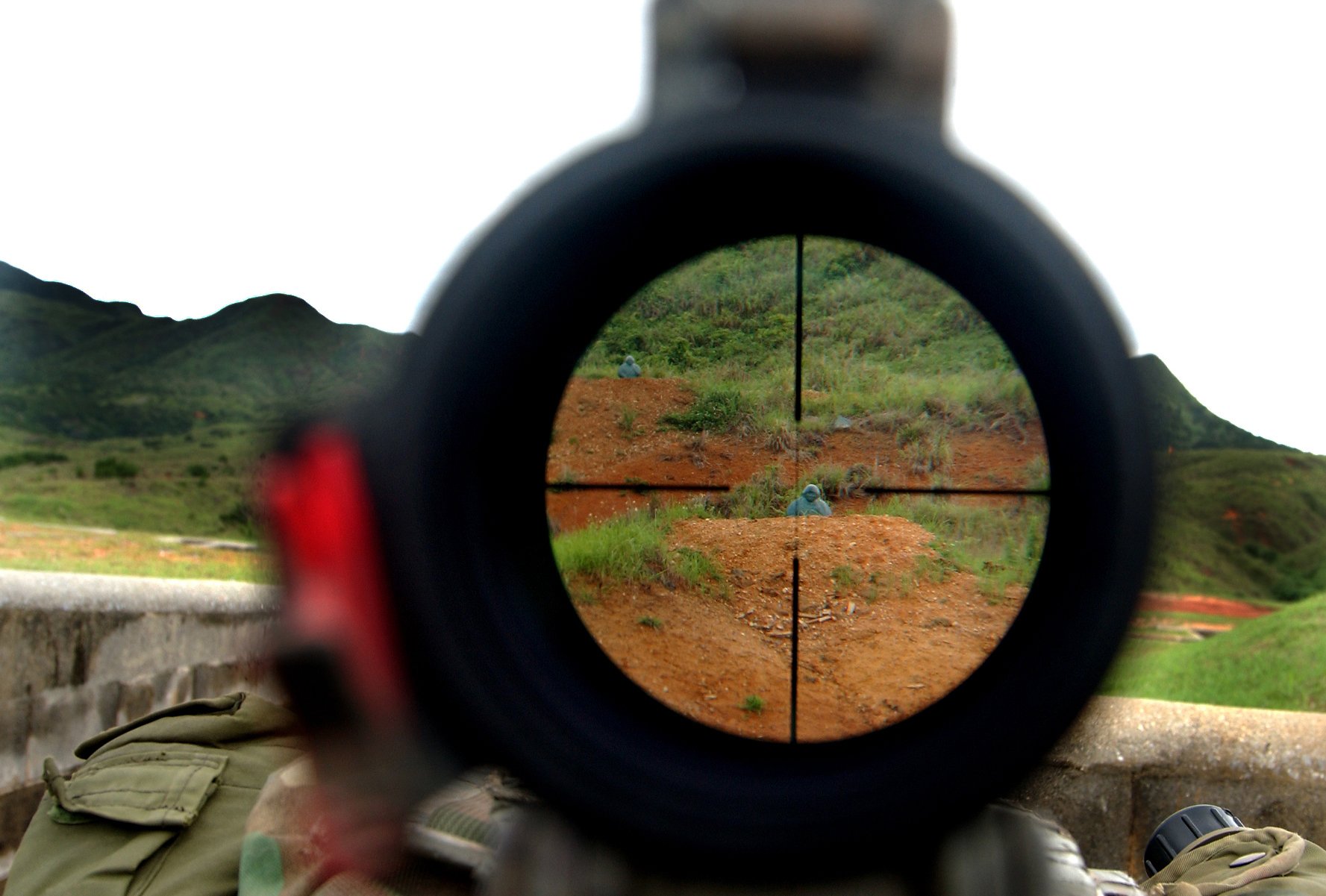
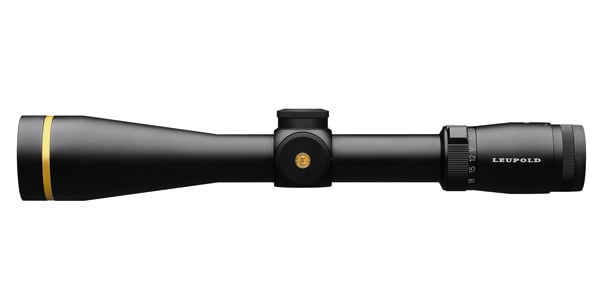
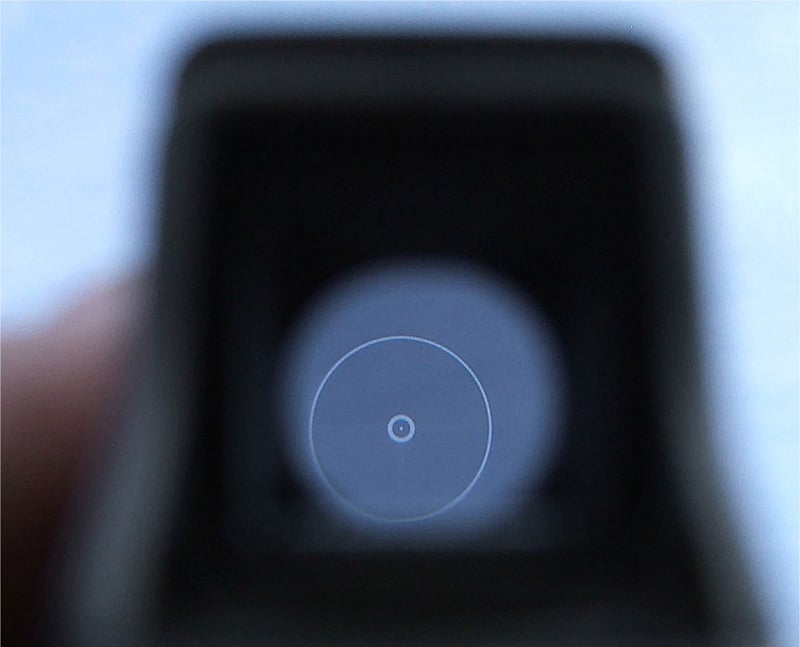
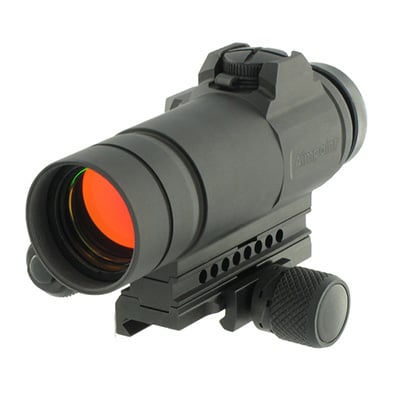



Leave a Reply